Refund Guaranteed
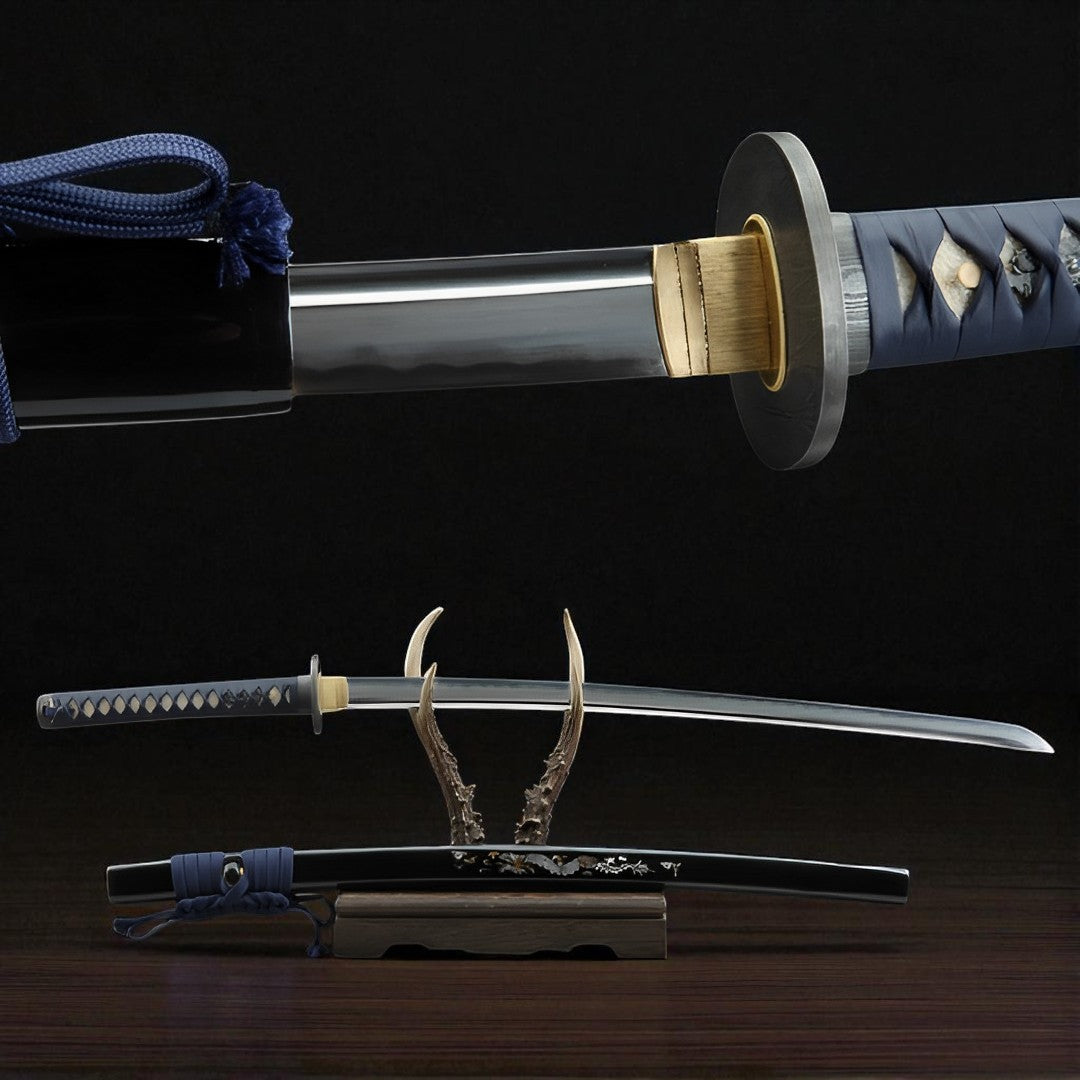
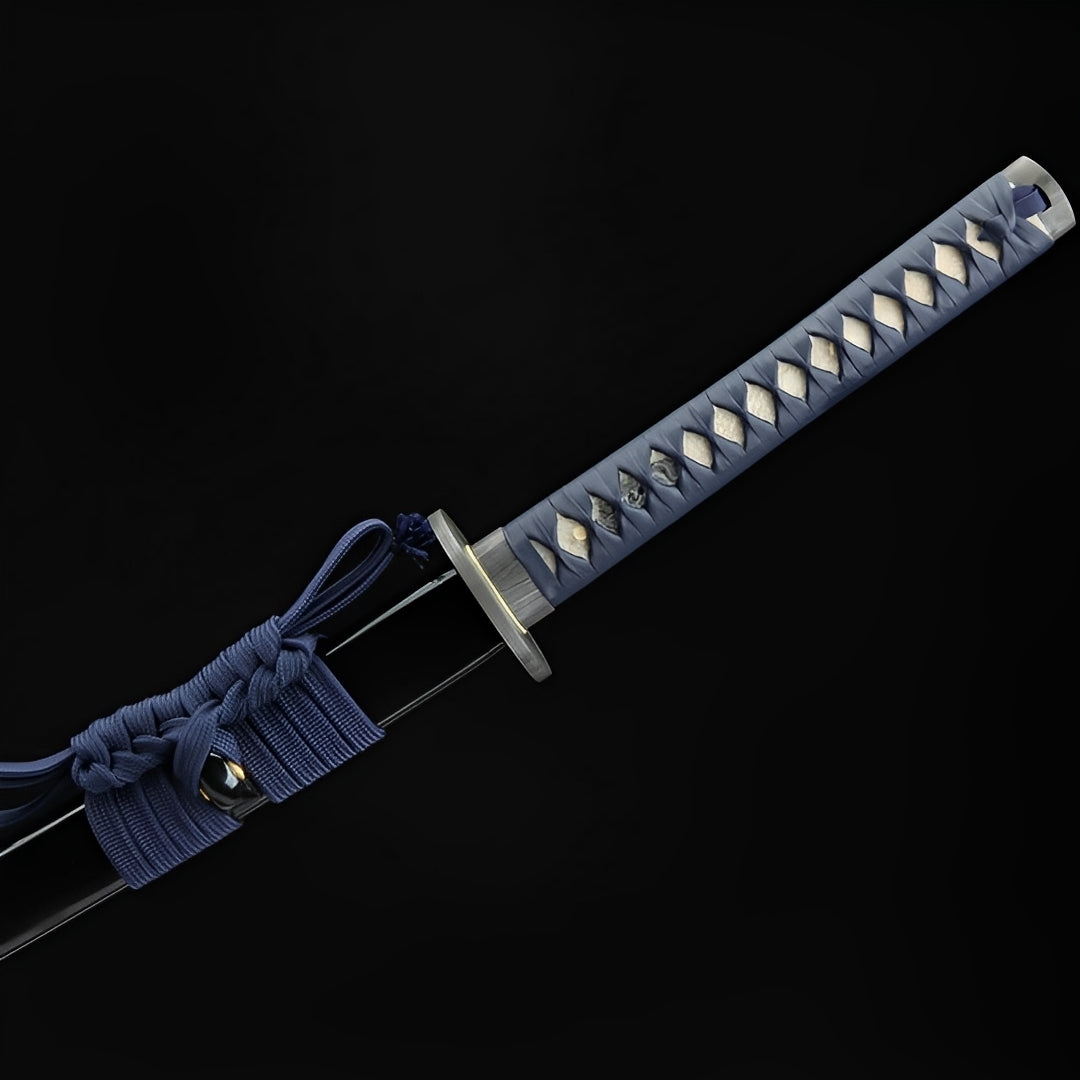
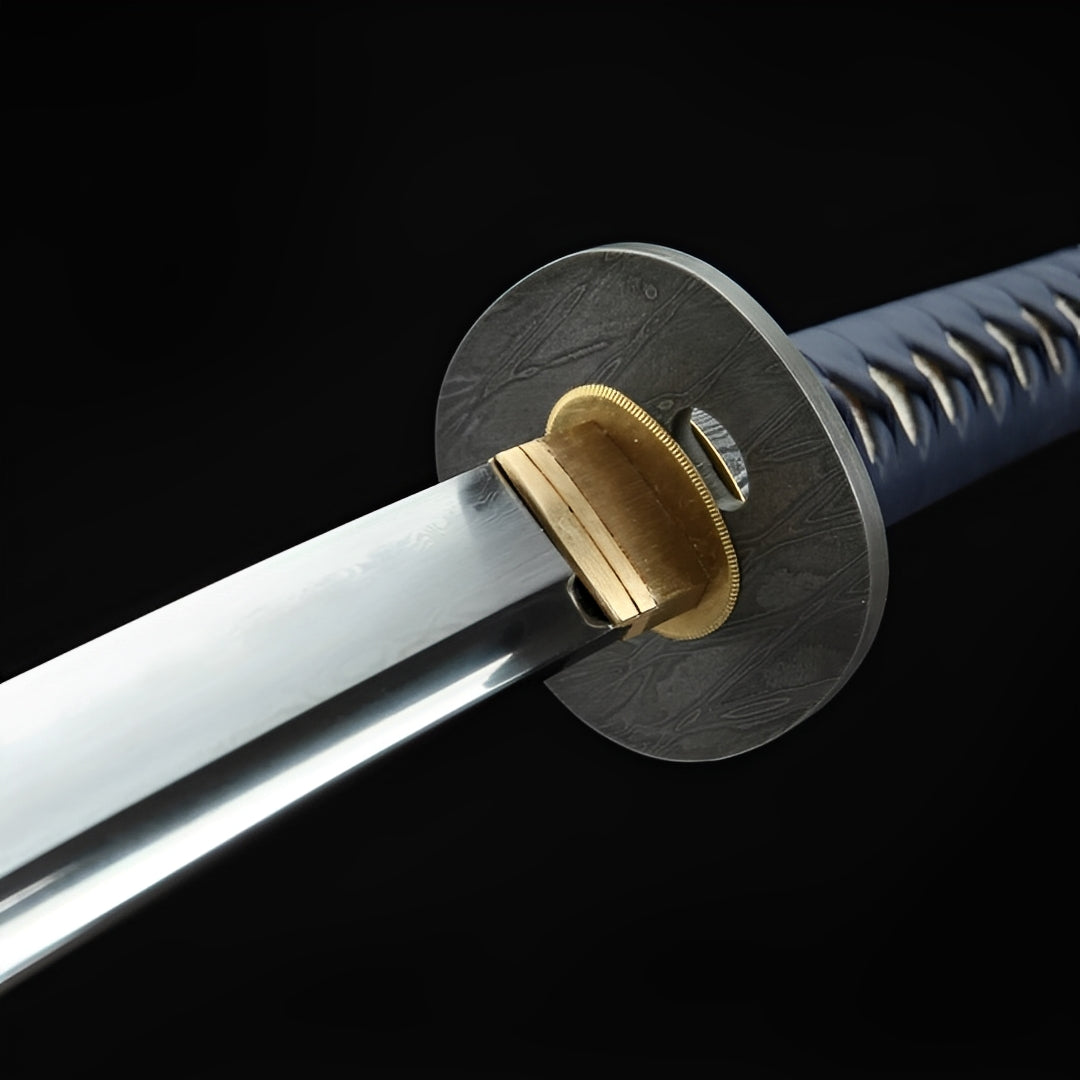
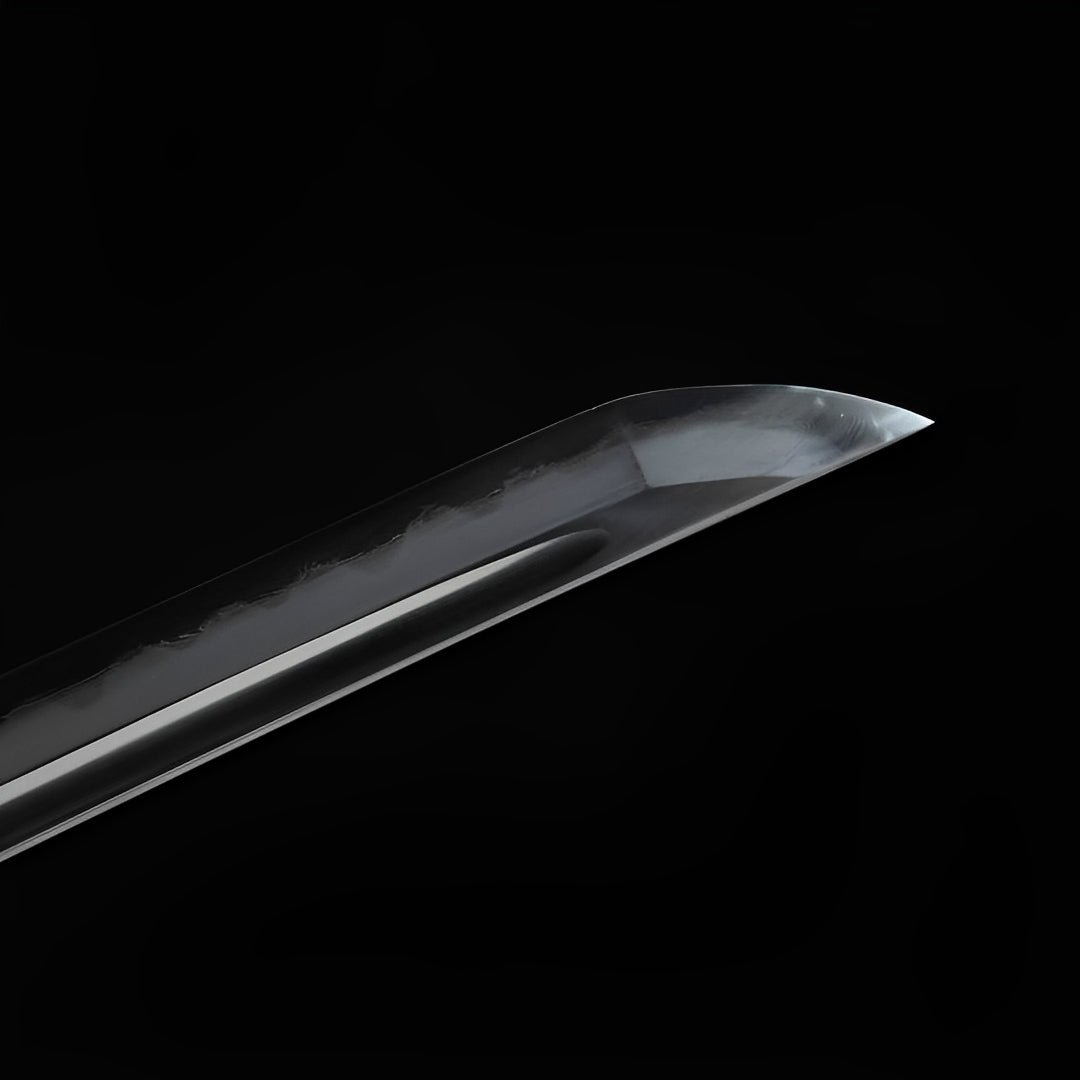
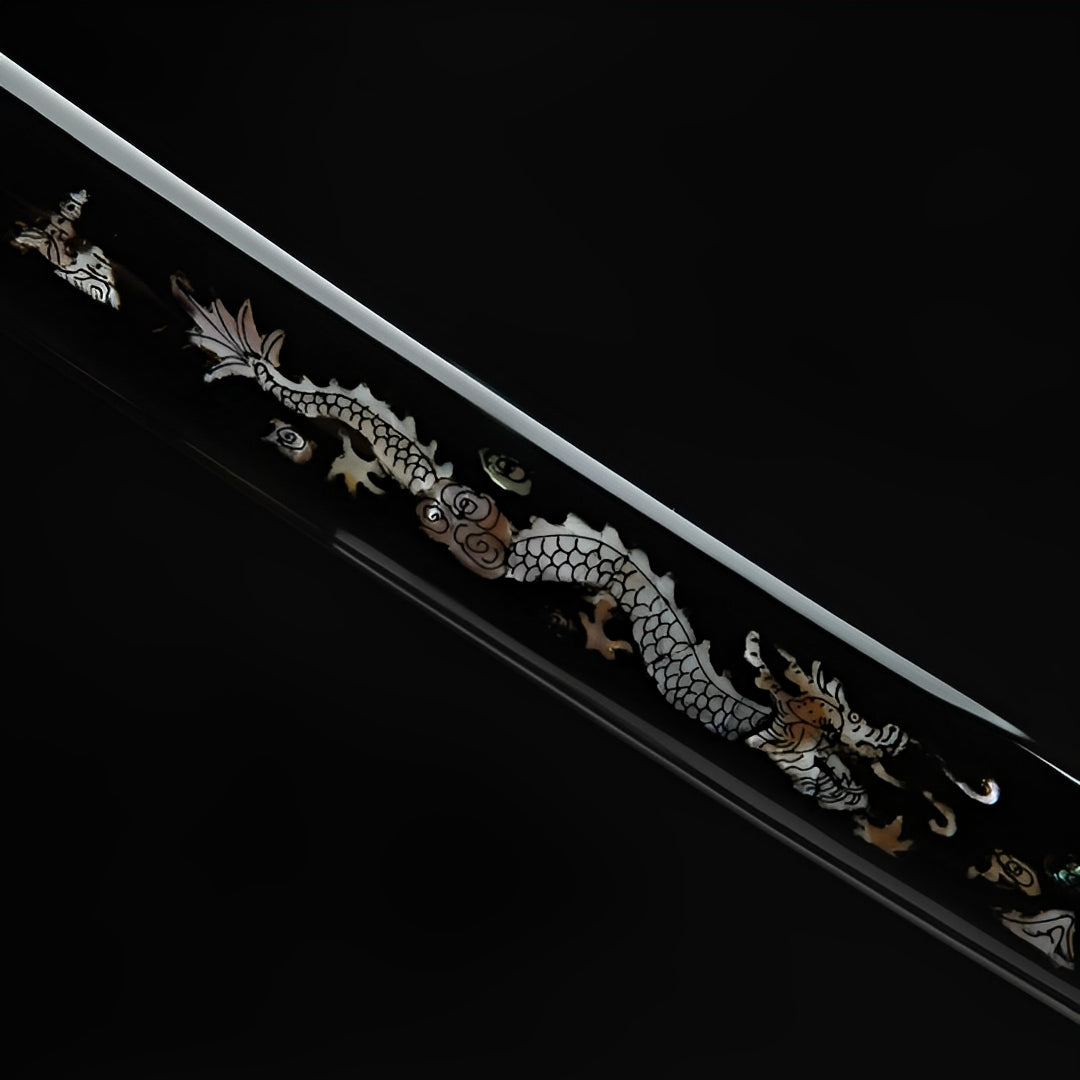
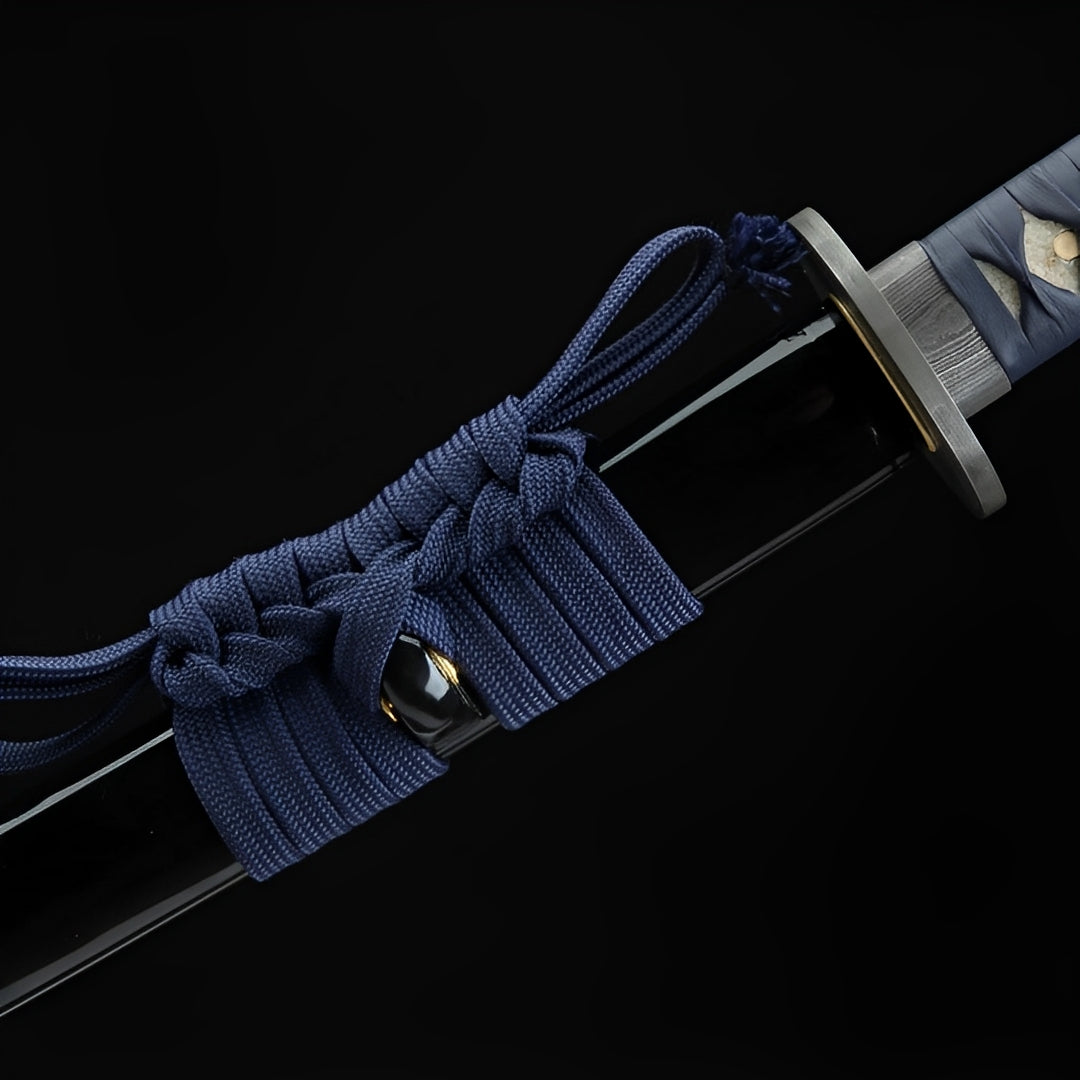
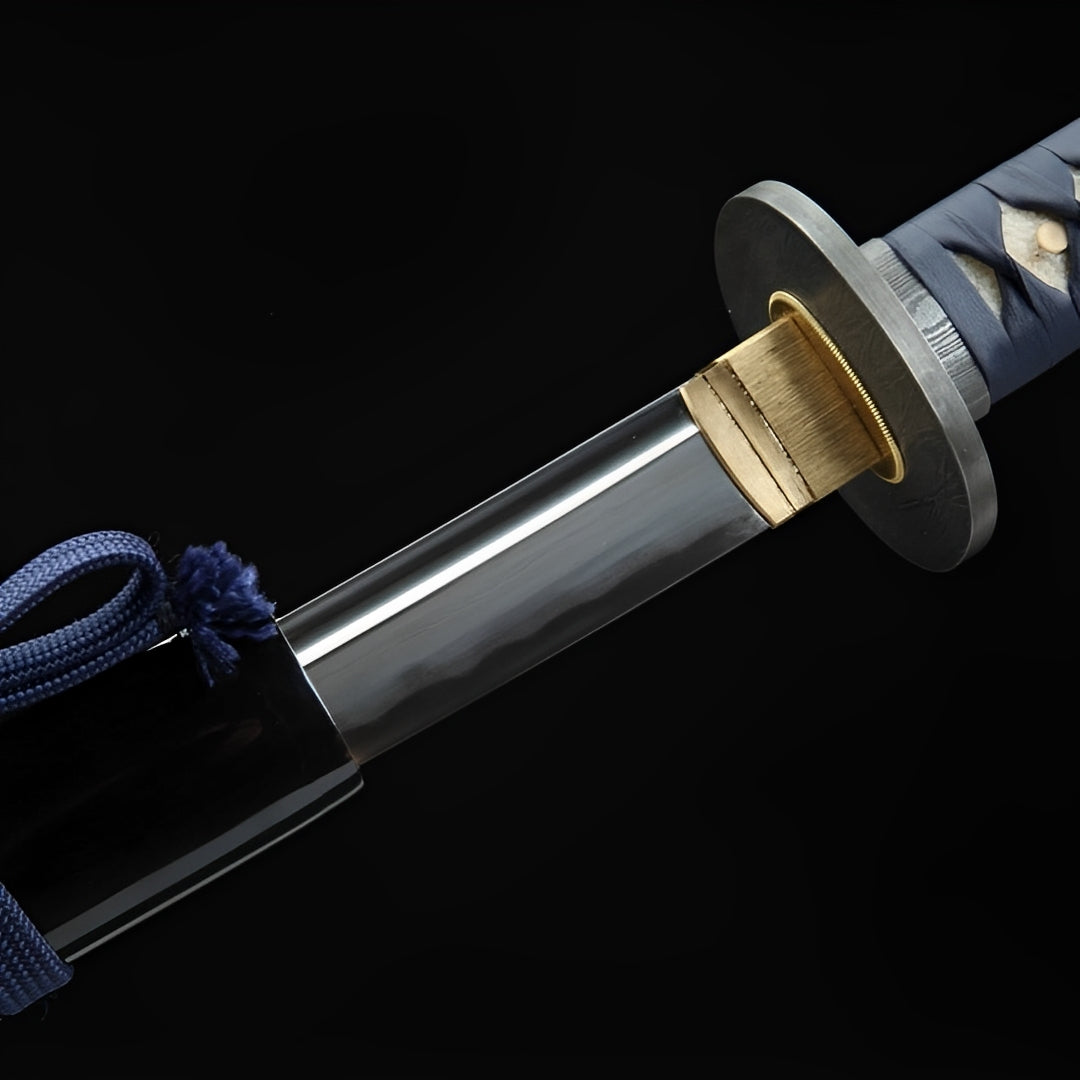
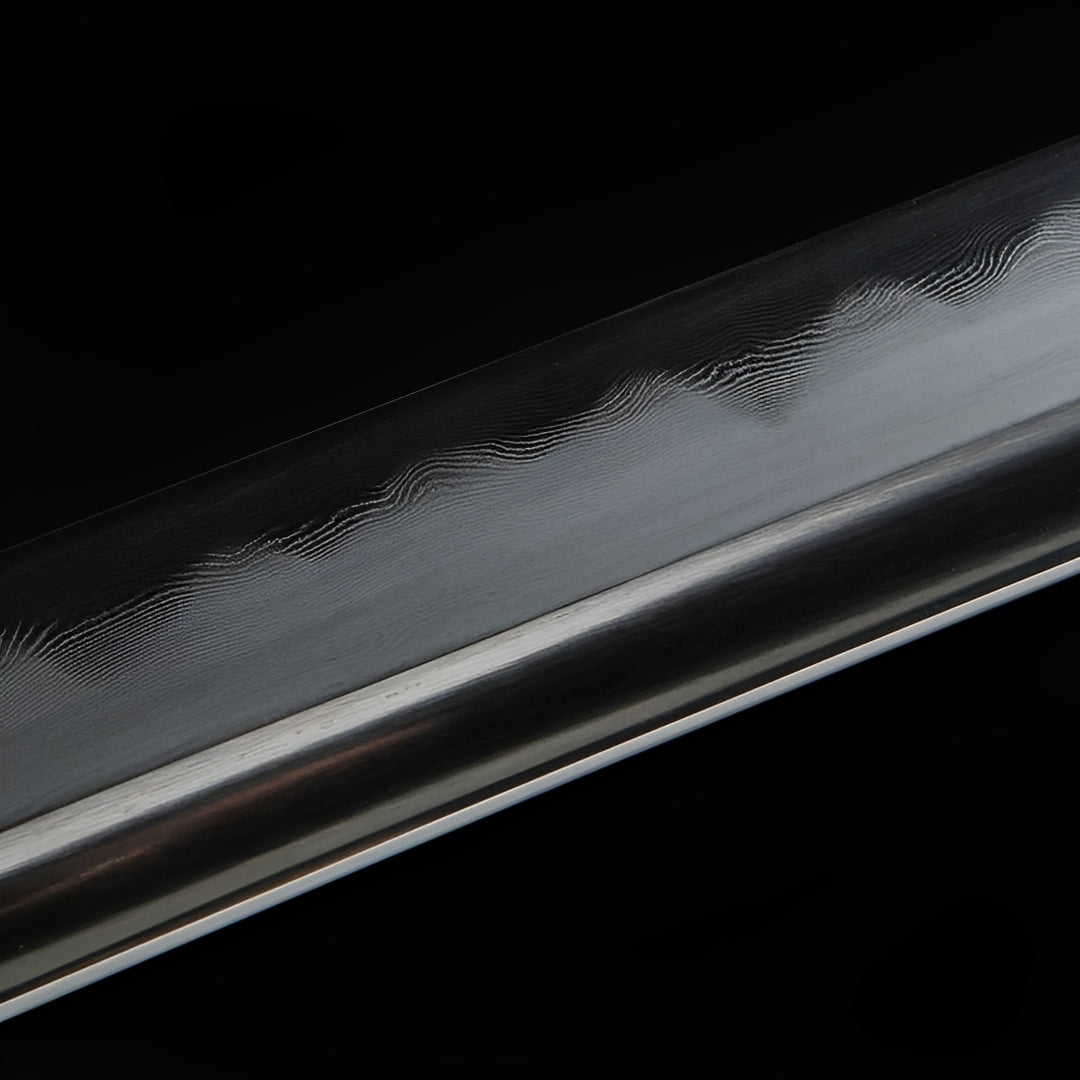
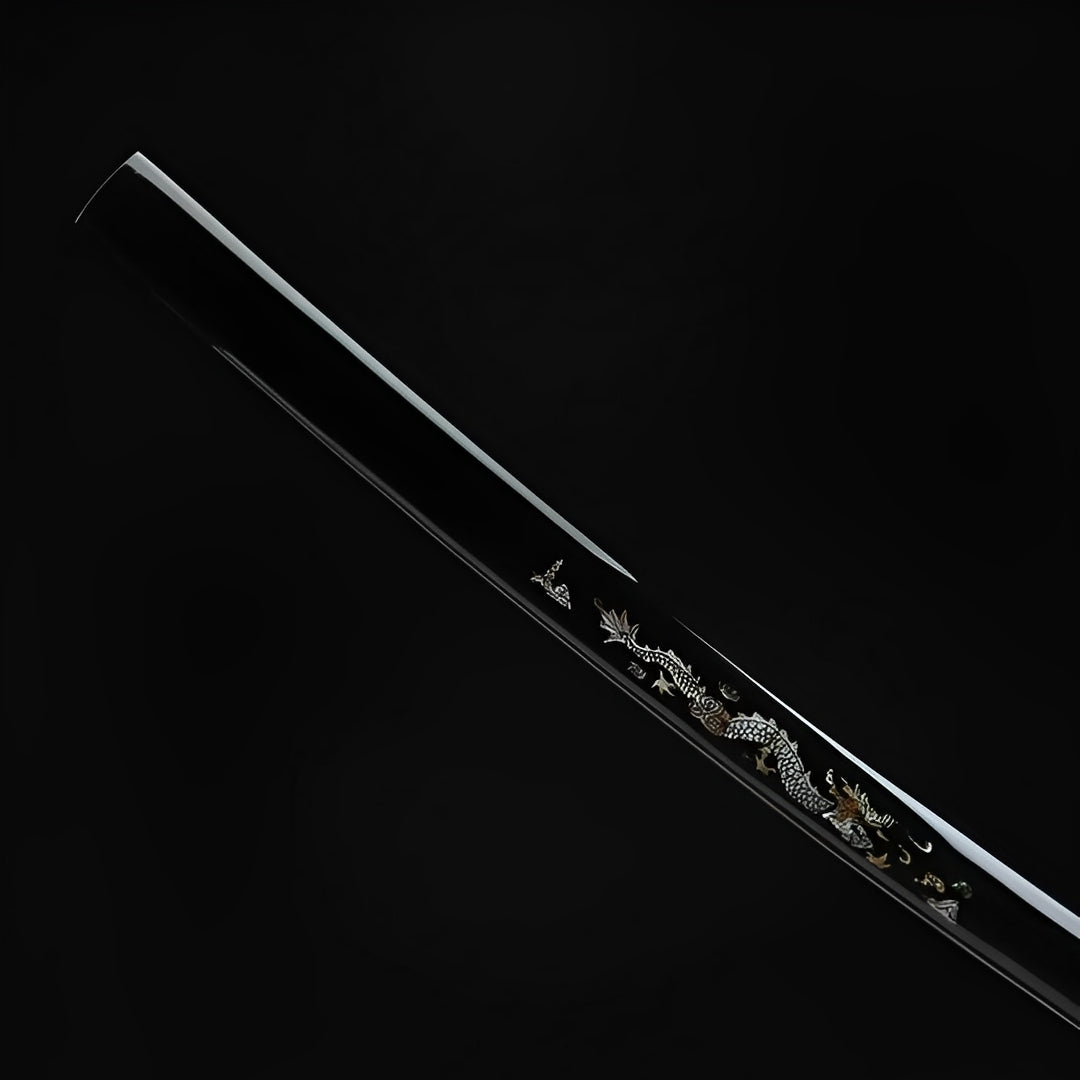
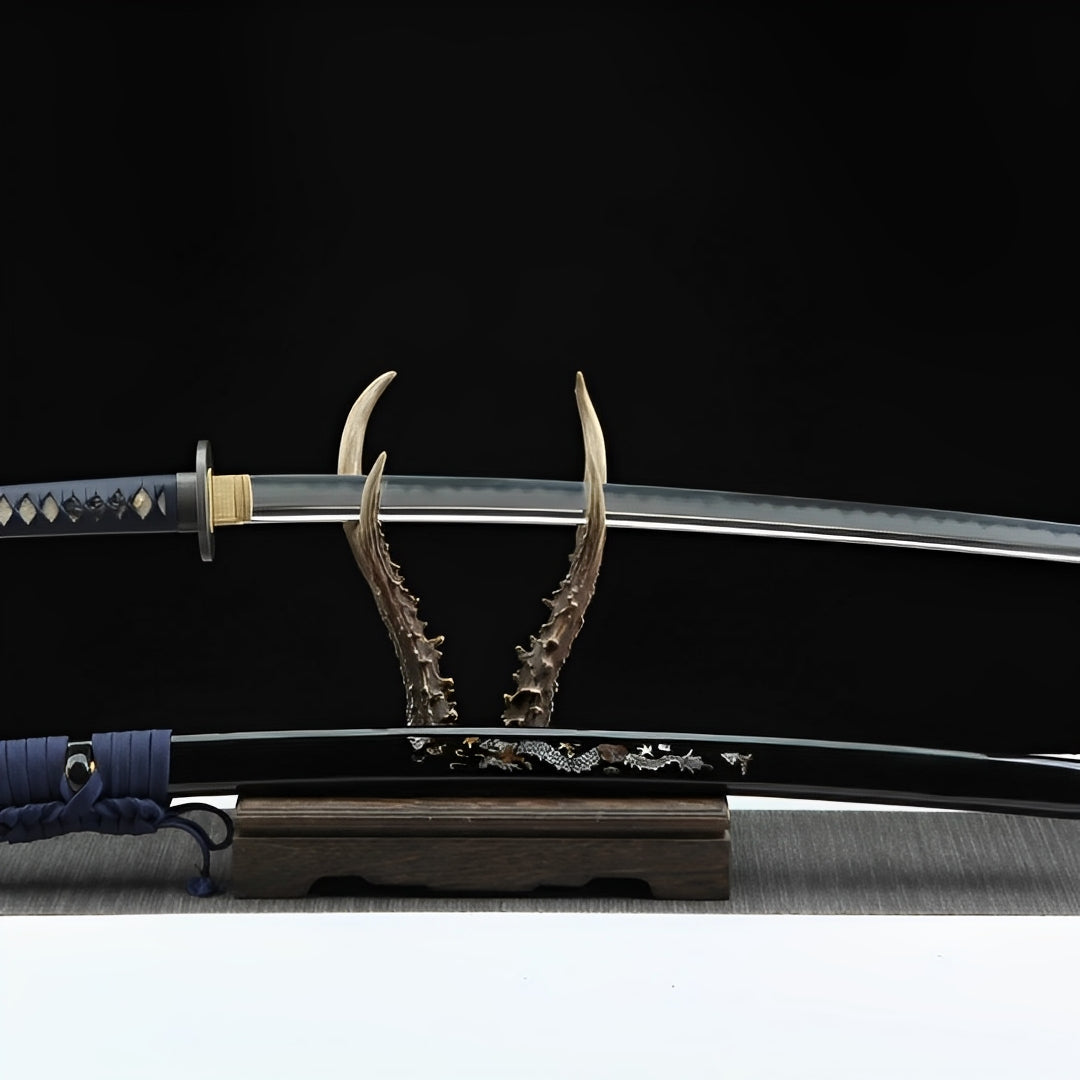
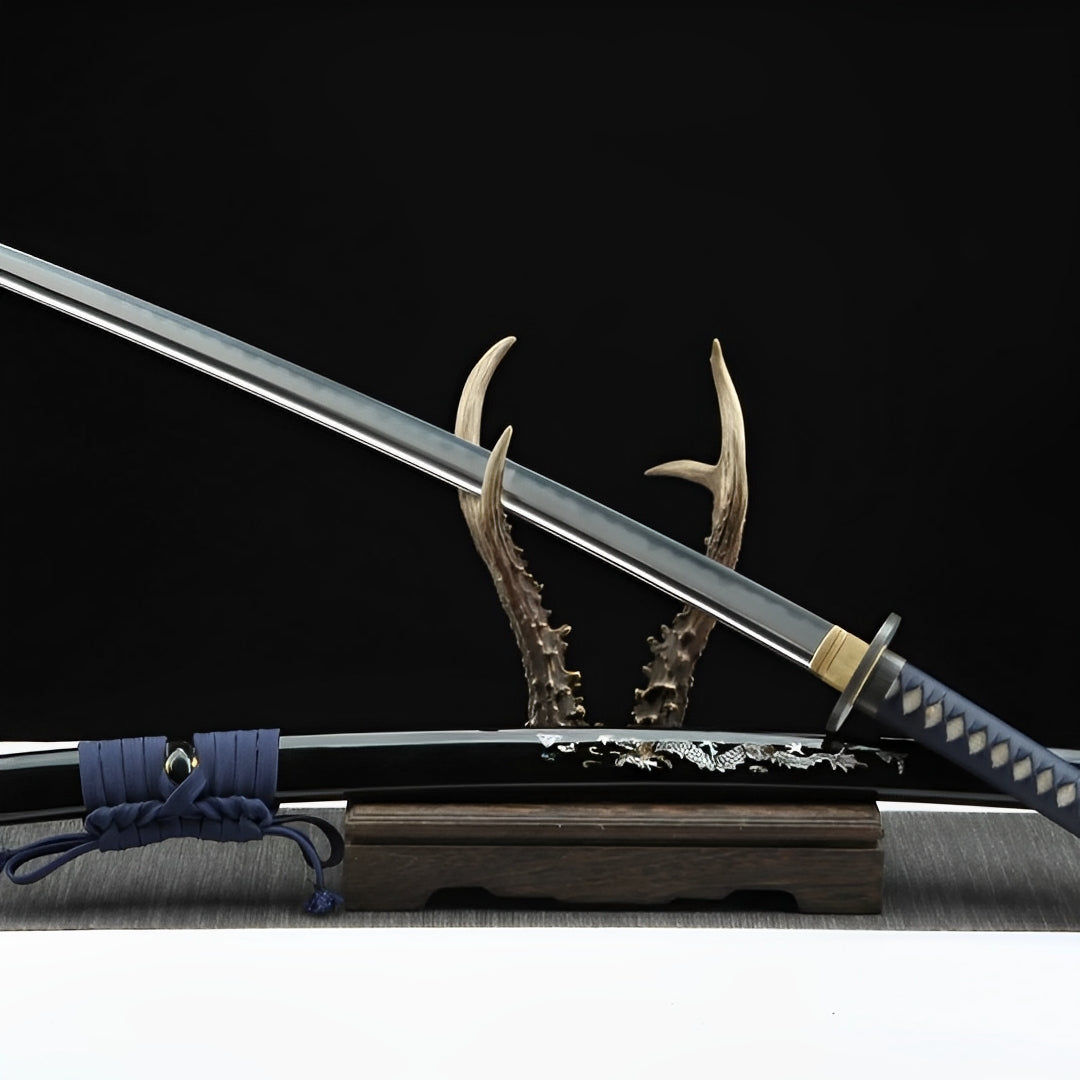
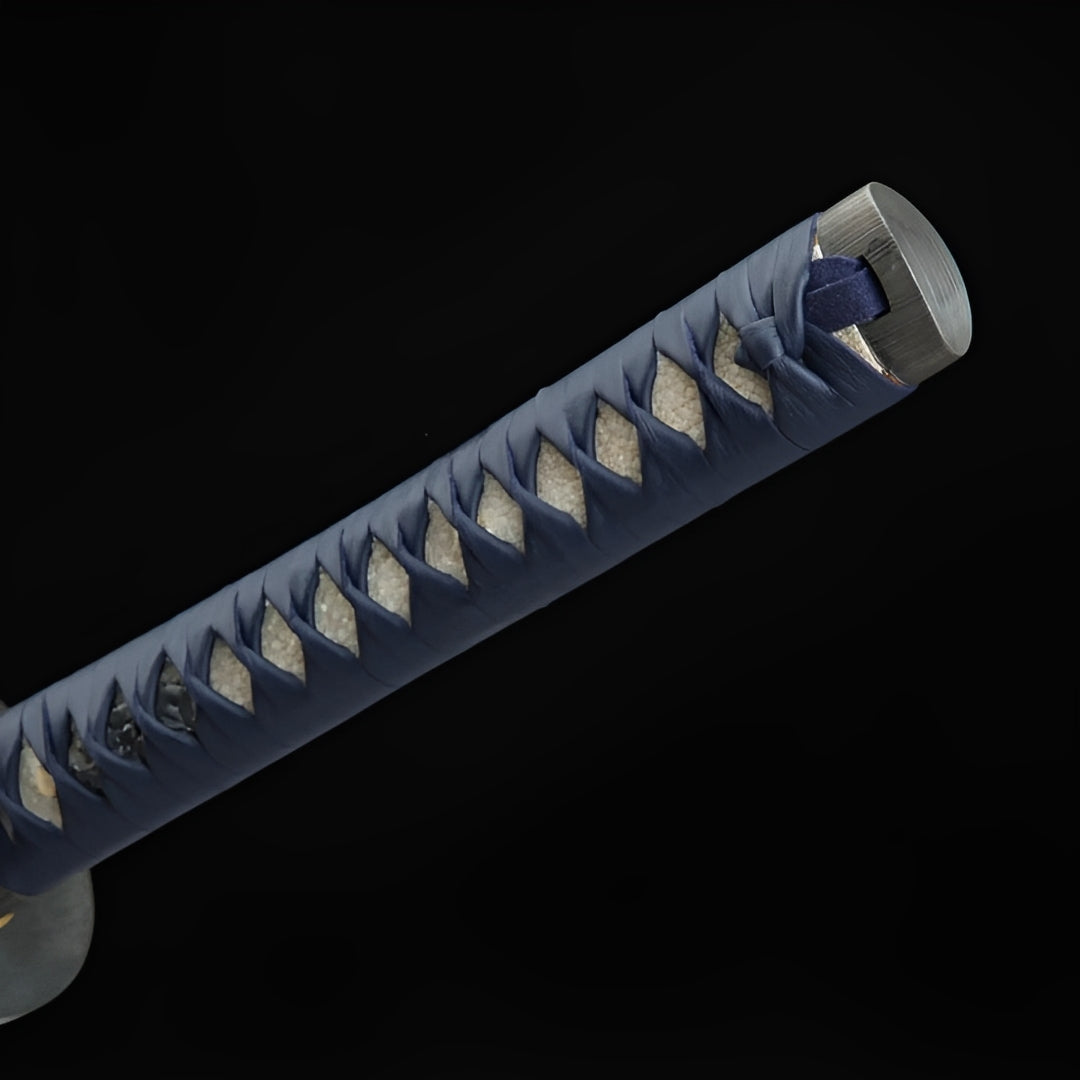
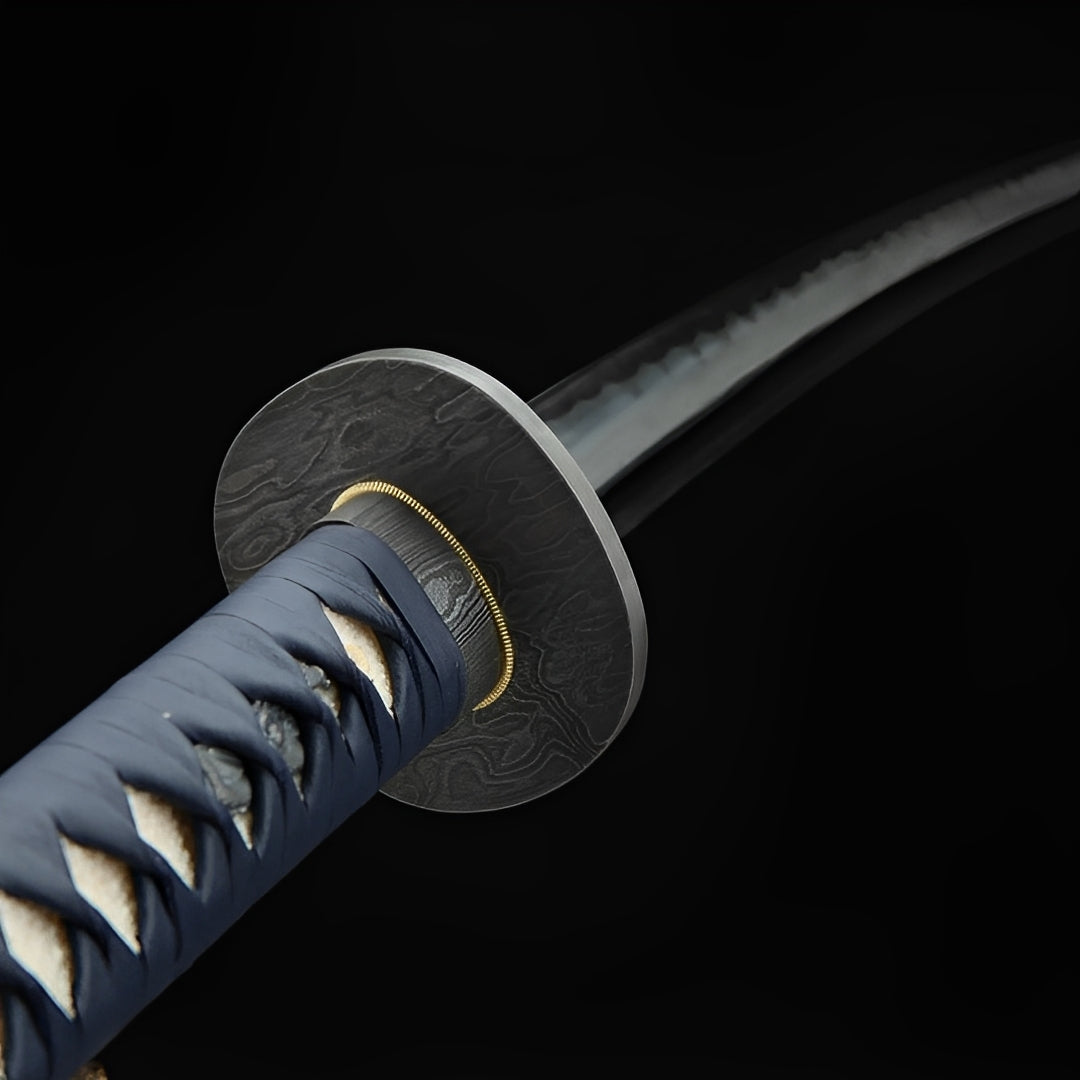
Why choose us
Damascus Steel
Forged Blade
Collector Quality
Trusted Globally
Inspired by Japan
Atsu Katana (Damascus Steel & Genuine Hamon) - 竜巻
Included with your order



Note: Engraving placement and orientation may vary by blade model (hamon, geometry, and flat area).
Free Shipping over $250
No Bots, No AI
Refund Guaranteed
Free Shipping over $250
No Bots, No AI
Our team is here to help with any questions or concerns.
We’re always happy to assist you — don’t hesitate to reach out.
Why choose us
Damascus Steel
Forged Blade
Collector Quality
Trusted Globally
Inspired by Japan

Atsu Katana (Damascus Steel & Genuine Hamon) - 竜巻
Specifications
- Handcrafted
- SHARP blade
- Blade: Clay-tempered Damascus steel
- Genuine hamon
- Damascus steel tsuba
- Damascus steel fuchi & menuki
- Fully hand-polished blade
- “Shell” saya with engraved dragon
- BO-HI groove
- Authentic hand-shaped kissaki
- Tsuka made of genuine ray skin (samegawa)
- Tsuka-ITO made of leather
- Bamboo mekugi
- Copper habaki
- Full tang construction in the handle
- Total length: 105 cm
- Blade length: 72 cm
- Blade width: 3.2 cm
- Blade thickness: 0.7 cm
-
Handle length: 30 cm
Atsu Katana - Forge Pressure Devoted Excellence
Embrace crucible's lesson with Atsu Katana, blade forged through heat transforming weakness into strength. This devoted pressure-refined masterwork refuses shortcuts - damascus layers beaten together under hammering force teaching that greatness emerges through stress not comfort, genuine hamon proving steel survived inferno's testing becoming harder through trial, navy depths suggesting profound seriousness where casual enthusiasm yields to committed devotion, the entire piece embodying atsu (厚 pressure/篤 devotion/熱 heat) philosophy that excellence requires enduring forge's crucible until impurities burn away leaving only essential refined through suffering that strengthens rather than breaks, asking whether you'll choose comfort preserving mediocrity or embrace pressure enabling transformation into something better than starting material could ever become without forge's merciless refinement.
Forge Pressure Creation Philosophy
Atsu (厚/篤/熱) carries layered meanings converging on single truth: greatness requires pressure, heat, devoted seriousness transforming raw potential into refined achievement. This crucible wisdom blade specifically embodies forge's lesson - the steel begins unremarkable iron ore, heat and hammering force remove impurities, repeated heating and folding (damascus) create layered strength impossible without that cyclical stress, the differential hardening (hamon) subjects steel to thermal shock that would shatter inferior material yet strengthens properly prepared blade, the entire creation process demonstrating that what doesn't destroy you if properly conducted genuinely makes you stronger through molecular restructuring only possible under extreme conditions.
Traditional Japanese swordsmithing specifically understood pressure's transformative power - the tamahagane steel required removing slag through repeated folding (sometimes 10+ times creating thousands of layers), each heating-hammering cycle stressing steel while homogenizing carbon content, the physical force literally beating impurities out while creating tight grain structure impossible achieving through gentle treatment. The pressure transformation sword channels that metallurgical reality into philosophical metaphor: humans also improve through controlled stress, challenges forcing adaptation, pressure revealing character while building strength, the key being controlled stress serving developmental purpose rather than random trauma causing damage.
Buddhist concepts of dukkha (suffering/stress) specifically teach that discomfort isn't problem but teacher - avoiding all stress prevents growth, embracing stress mindfully enables transcendence, the middle path navigating between extreme asceticism causing harm and comfortable indulgence preventing development. The forge's heat provides perfect metaphor: too little heat fails softening steel for working, too much heat burns and ruins, correct temperature enables transformation, the wisdom lying in understanding when pressure serves versus when it destroys.
Contemporary psychology validates through concepts like "eustress" (beneficial stress) versus "distress" (harmful stress) - challenges slightly exceeding current capability force growth, excessive challenges cause breakdown, the optimal pressure zone enabling development requires calibrating difficulty matching current capacity while pushing just beyond comfort. The optimal pressure blade represents that developmental sweet spot where the forge's heat transforms without destroying, where hammering strengthens without shattering, where cooling tempering prevents brittleness that extreme hardening alone would create.
Serious collectors specifically appreciate pieces embodying genuine philosophical depth rather than superficial prettiness, recognizing that swords representing actual forging wisdom teach lessons applicable beyond collecting, that understanding how pressure creates damascus patterns or hamon lines provides metaphorical framework for navigating life's inevitable challenges through recognizing that difficulty often serves transformative purpose when approached with devoted seriousness (atsu 篤) rather than casual avoidance.
Damascus Layered Devotion
The visible damascus steel specifically represents devoted commitment to excellence through repetition - each layer required heating, folding, forge-welding, the process repeated dozens of times over days, weeks, the accumulated labor creating beauty emerging as byproduct of perfectionist technique rather than applied decoration. This devoted craft blade embodies atsu (篤 earnest devotion) through its material existence - the damascus patterns prove smith didn't take shortcuts, the visible layers testify to patient repetition, the steel literally embodies time and dedicated effort impossible faking, authentic damascus becoming certification of craftsman's seriousness distinguishing genuine devotee from casual dabbler cutting corners.
Traditional Damascus forging (pattern welding) specifically required maintaining focused attention across extended work - miss optimal welding temperature and layers don't bond requiring re-working entire piece, fail removing slag and weak points develop causing blade failure, lose track of fold count and carbon content becomes uneven ruining heat treatment, the cumulative precision demands across multi-day process filtering out anyone lacking genuine devotion to craft mastery. The devotional evidence steel therefore proves through its existence that someone cared enough doing it right, that economic pressure to cut corners didn't compromise commitment to excellence, that short-term profit didn't trump long-term reputation built through delivering quality exceeding minimum acceptable standards.
The specific flowing pattern style visible creates organic beauty that Damascus admirers particularly value - not geometric regularity suggesting mechanical process but natural variation proving hand-forged origin, the unpredictable beauty emerging from controlled process demonstrating that perfecting technique enables natural expression, that mastery paradoxically permits spontaneity impossible for novices requiring rigid procedures preventing catastrophic errors. The mastered spontaneity pattern reveals advanced practitioner who internalized fundamentals so thoroughly that conscious control yields to unconscious competence, the flow state where years of devoted practice enable work feeling effortless precisely because foundations were laid through earnest repetition.
Contemporary craftsmanship movements specifically celebrate "slow craft" - deliberate rejection of mass production's efficiency in favor of quality achievable only through time-intensive methods, the philosophical stance that some things simply cannot be rushed, that attempting forcing speed compromises result, that devoted patience produces outcomes justifying extended timelines through qualitative superiority no shortcut achieves. The damascus patterns become slow craft's signature - you literally see accumulated time and effort, the material evidence that someone valued doing it properly over doing it quickly.
Navy Blue Professional Sophistication
The deep navy wrapping and saya create sophisticated modern aesthetic distinguishing this from traditional or fantastical designs - not bright colors suggesting youth or decoration, not pure black suggesting either luxury excess or grim intensity, but navy communicating professional seriousness, mature confidence, the color educated adults choose when wanting appearing capable without appearing arrogant. This professional maturity blade channels navy's specific psychological associations: trustworthiness (financial institutions use navy), competence (business attire defaults to navy), depth (navy suggests substance over surface), the color itself communicating that owner takes this seriously as more than decorative hobby.
Specifically, navy occupies unique position in color psychology - formal enough for professional contexts yet approachable enough avoiding intimidation, masculine enough for traditional sensibilities yet sophisticated enough transcending gender associations, conservative enough for risk-averse contexts yet distinctive enough avoiding complete blandness. That balance makes navy perpetually relevant across contexts, the universal appropriateness color working equally well in traditional Japanese tokonoma alcoves, modern minimalist apartments, professional offices, anywhere requiring sophisticated presence without drawing inappropriate attention through excessive brightness or darkness.
Traditional Japanese aesthetics actually employed deep blues (藍 ai - indigo) extensively in samurai garments, the color's prevalence resulting from indigo's antimicrobial properties (practical), dye's availability (economic), and resulting color's sophistication (aesthetic), the convergence creating culturally significant shade that Navy Blue channels through contemporary synthetic dyes achieving color stability natural indigo couldn't maintain. The indigo heir blue therefore connects modern aesthetic to historical precedent, proving that choosing navy isn't rejecting tradition but adapting it through contemporary materials maintaining traditional values of practicality, accessibility, sophistication.
The professional dimension specifically matters as collecting matures - while younger collectors might favor bright character colors, experienced collectors often gravitate toward sophisticated restraint, the navy signaling transition from enthusiast accumulating everything attractive to connoisseur curating deliberately, from hobbyist to serious practitioner, from casual interest to devoted commitment. The color itself becomes statement about owner's relationship with collecting: this is serious pursuit deserving serious aesthetic, not playroom decoration but adult engagement with craft traditions, cultural heritage, philosophical principles embodied in material form.
Hamon Testament of Excellence
The clearly visible genuine hamon provides crucial verification this blade underwent actual differential hardening - not painted line fooling casual observers but authentic crystalline boundary between hardened edge and softer spine, the temper line proving blade received proper heat treatment creating functional sword rather than decorative wall-hanger, the authentication line becoming guarantee separating serious craftsmanship from cheap imitation regardless of marketing claims or vendor assurances attempting substituting words for evidence.
Traditional Japanese sword appraisal (kantei) specifically examines hamon as primary authentication element because it cannot be faked without actually performing heat treatment - you can paint white lines, etch patterns, create convincing superficial appearances, but genuine hamon shows dimensional depth, natural variation, continuation into blade's interior visible when examining at angles, the crystalline structure's optical properties creating effects impossible mimicking without actually transforming steel's molecular structure through controlled quenching. The molecular proof blade therefore testifies through physics not promises, the evidence existing independent of anyone's claims, the truth revealing itself to those who examine carefully rather than accepting superficial appearances.
The specific hamon style visible (appears to be suguha or slight undulation) demonstrates controlled execution - dramatic gunome (choji, etc.) patterns require precise clay application creating theatrical effect but risk structural weaknesses, conservative straight hamon (suguha) prioritizes reliability over showmanship, the aesthetic choice reflecting values about what matters: this blade announces "I prioritize function and authentic execution over dramatic appearance," the restrained hamon becoming statement about seriousness of purpose rather than entertainment of observers.
Contemporary sword collecting specifically requires education distinguishing genuine from fake as markets flood with convincing-appearing frauds - the genuine hamon becomes crucial skill testing collectors' knowledge, the ability recognizing authentic differential hardening separating educated enthusiasts from naive beginners, the authentication expertise enabling confident purchasing rather than gambling on vendors' honesty. The education essential line therefore serves pedagogical function teaching serious collectors to demand evidence, to verify claims, to distinguish reality from appearance, those skills protecting against fraud while enabling appreciating true quality when encountering it.
Devoted Collector Maturation
This serious practitioner piece serves collectors who've progressed beyond initial accumulation phase into deliberate curation, who've learned painful lessons about marketing versus reality, who've developed authentication skills enabling confident quality assessment, who've transitioned from enthusiast buying whatever looks cool toward connoisseur demanding genuine excellence. The atsu philosophy - earnest devotion, serious commitment, pressure-refined strength - applies to collecting journey itself: initial casual interest yields to devoted study, disappointments teach discrimination, pressure of limited budgets forces prioritizing quality over quantity, the collector undergoes transformation parallel to steel undergoing forge's refinement.
Traditional Japanese arts specifically emphasized seriousness (atsu 篤) as crucial for mastery - the devoted student (deshi) committing years under strict masters, enduring criticism that would drive away casual learners, accepting that excellence demands sacrifice, that shortcuts don't exist, that substituting enthusiasm for disciplined practice produces enthusiastic incompetence rather than genuine capability. The devoted mastery blade embodies that philosophy applied to collecting: serious engagement produces different results than casual accumulation, devoted study enables discrimination impossible for dilettantes, earnest commitment yields understanding transcending surface appreciation.
Professional collecting specifically requires different mindset than hobby collecting - treating acquisitions as investments demands authentication, provenance documentation, proper storage and maintenance, insurance considerations, estate planning determining eventual disposition, the accumulated responsibilities transforming pastime into serious undertaking requiring business skills alongside aesthetic judgment. The navy-damascus-hamon combination specifically signals that professional approach: navy's sophistication, damascus's verifiable quality, hamon's authentication all indicate owner who takes this seriously rather than treating it as casual entertainment.
Museum-quality collecting standards specifically demand pieces where claimed quality proves itself through observable features - investment-grade swords must survive expert examination, claimed damascus must show proper pattern continuation, stated hamon must display genuine characteristics, the verification requirements filtering out frauds regardless of vendor reputation or marketing materials. The professional standard blade meets those requirements through features proving themselves, the piece suitable for serious collection where every item must justify presence through genuine merit rather than relying on owner's enthusiasm overlooking objective shortcomings.
The matured connoisseur sword particularly appeals to collectors who've completed developmental arc from novice through enthusiast to expert, who've accumulated sufficient experience recognizing quality instantly, who've developed taste refined enough appreciating sophistication over spectacle, who understand that sometimes greatest pieces announce themselves quietly through restrained excellence rather than screaming through garish excess. The atsu philosophy applies: devoted serious engagement transforms casual hobbyist into genuine connoisseur, the pressure of learning from mistakes refines judgment, the heat of passion properly channeled creates mastery that began as mere interest.
Care Instructions: Maintain this devoted excellence blade understanding it represents serious commitment to craft and collecting. The damascus requires regular oiling preventing corrosion that would obscure patterns proving authenticity - after handling, wipe thoroughly removing skin oils, apply thin protective coat using proper sword oil or modern synthetics. The genuine hamon demands careful preservation - avoid excessive polishing that gradually removes crystalline structure's dimensional features, clean gently maintaining temper line's visibility. The navy wrapping benefits from periodic inspection ensuring no moisture trapped causing mildew; if re-wrapping becomes necessary, research proper tsukamaki technique or commission professional work rather than amateur attempts damaging valuable piece. Store in climate-controlled environment where temperature/humidity extremes won't stress steel or textile components. Handle knowing this embodies philosophy that excellence emerges through devoted serious engagement, that pressure properly applied strengthens rather than breaks, that earnest commitment produces results casual enthusiasm never achieves. Display where it prompts reflection about your own development - where have you endured pressure enabling growth? What challenges forced you becoming better? How has devoted practice refined skills that began clumsily? The forge's lesson applies universally: heat and pressure transform raw material into refined result, the key being controlled stress serving developmental purpose rather than random trauma causing damage. Atsu teaches: be serious about what matters, devote yourself earnestly to worthy pursuits, understand that excellence requires enduring discomfort that mediocrity avoids, accept that forge's heat proves necessary for transformation impossible achieving through comfortable avoidance of all stress. The blade reminds: you are steel, life is forge, proper response to pressure determines whether you shatter or strengthen, earnest devotion enables enduring what casual interest cannot, the navy depth represents profound seriousness distinguishing genuine commitment from superficial enthusiasm.
Heat refines. Pressure strengthens. Devotion transforms. Atsu teaches: forge's lesson applies to steel and soul equally.
Legal Disclaimer
By purchasing from Katana Corp, you acknowledge and agree that:
- You are at least 18 years of age (or the age of majority in your jurisdiction).
- You are solely responsible for verifying and complying with all local laws and import regulations before placing an order.
- Some countries prohibit the importation of swords entirely. Katana Corp is not responsible for orders delayed, seized, or refused by customs authorities.
- All katanas and related products are sold strictly as decorative and display items. They are not intended or certified for combat use.
- Depending on the jurisdiction, swords may legally be considered bladed weapons, subject to specific restrictions or prohibitions.
- Katana Corp disclaims all liability for any injury, damage, or legal consequences resulting from misuse, abuse, or unlawful use of its products.
For full details, please refer to our Terms of Service.
Care & Maintenance
To maintain your katana's appearance and performance over time, we recommend:
- Regularly wiping the blade with a soft cloth to remove fingerprints and moisture.
- Applying a light coat of choji oil to prevent rust (for carbon steel blades).
- Storing the sword in a dry place, preferably inside its saya.
- Avoiding direct contact with hard surfaces to preserve sharpness and finish.
For more care tips, check our full maintenance guide in the FAQ section.
Behind the Blade
Every katana we offer carries the essence of centuries-old craftsmanship.
More than just a weapon, the katana symbolizes discipline, honor, and mastery.
Our artisans draw inspiration from traditional forging methods to ensure each blade reflects the spirit of the samurai — strength, precision, and soul.
Owning one is not just about aesthetics — it’s about carrying a piece of that legacy.
User Experience
This katana is designed to offer a perfect balance between blade and handle.
Its ergonomic tsuka (handle) allows a secure two-handed grip, while the weight distribution ensures smooth, fluid movement.
Whether for training, display or cutting practice, handling feels natural and precise.
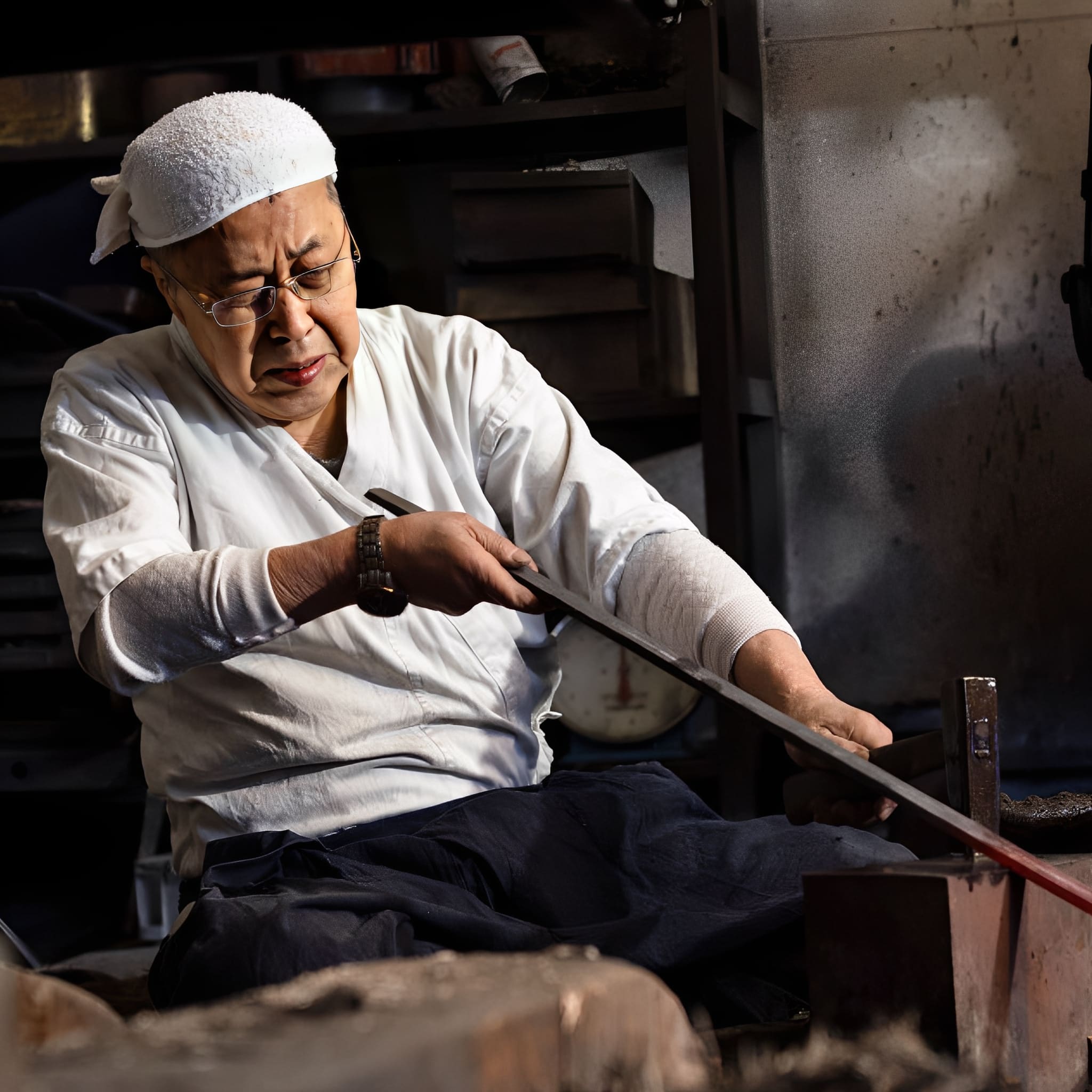
The Art of Traditional Forging
Each katana we craft is born from centuries of samurai tradition.
Our master smiths shape every blade by hand, folding the steel to achieve unmatched strength, flexibility, and beauty.
This time-honored process is not just about creating a weapon? it’s about preserving a legacy of discipline, honor, and artistry.
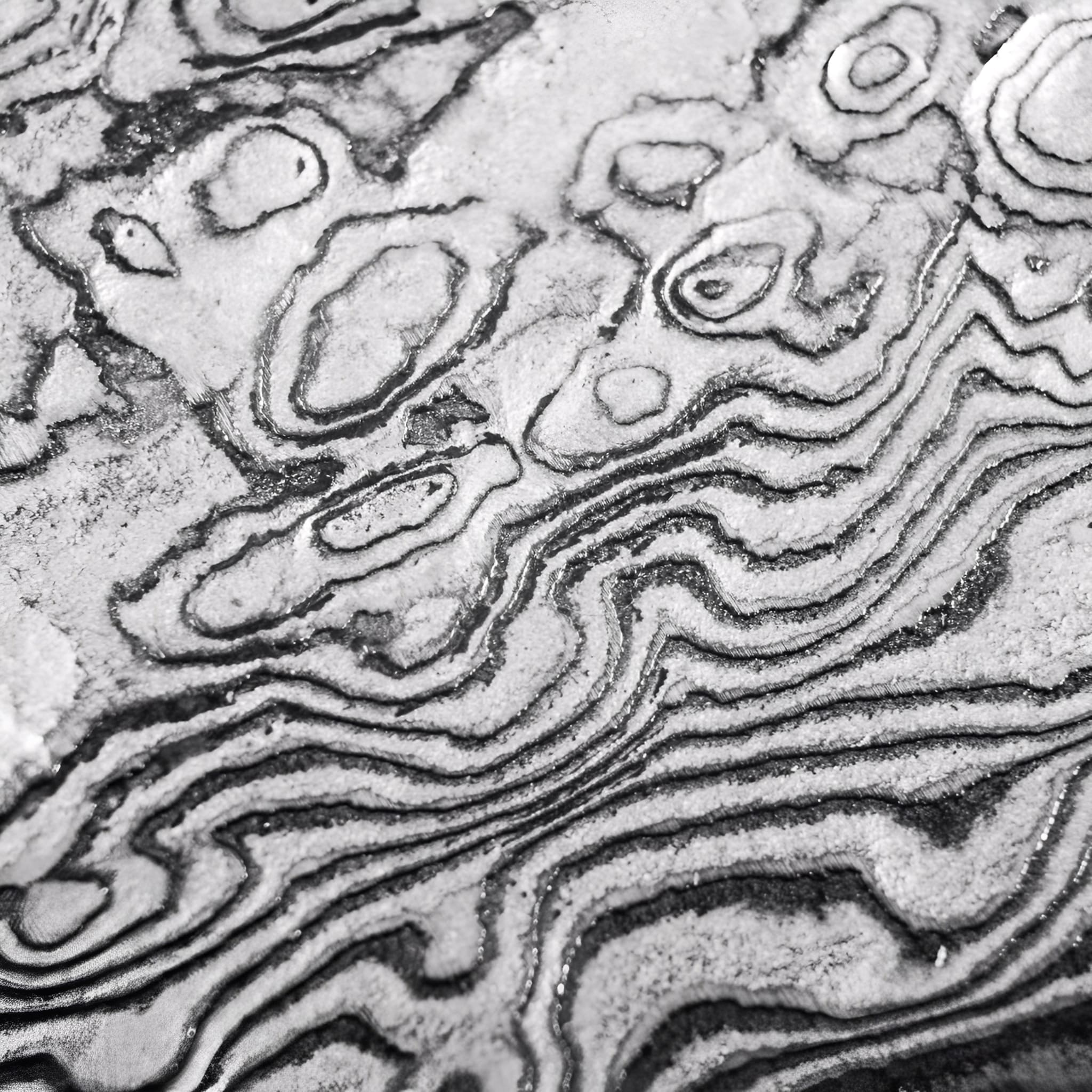
Materials Chosen Without Compromise
We select only the highest-grade steels and authentic fittings to ensure every katana is both a masterpiece and a reliable companion.
From the flawless hamon line to the perfectly balanced tang, each detail is carefully inspected to meet the highest standards of performance and aesthetics.
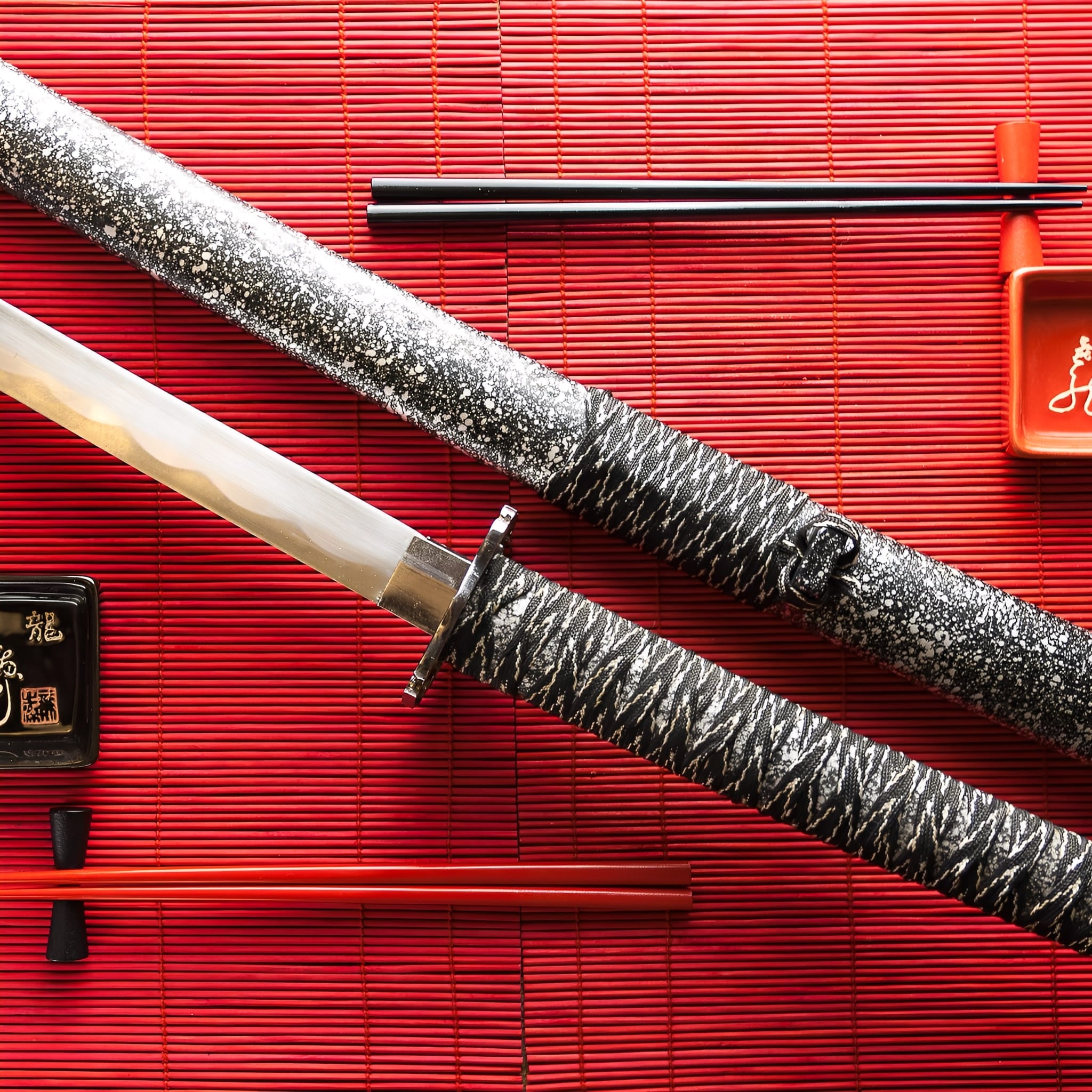
More Than a Sword, A Lifelong Legacy
Owning a handmade katana is an experience that goes beyond the blade itself. It’s holding history, tradition, and craftsmanship in your hands.
Whether displayed as a work of art or wielded with precision, your katana will stand as a symbol of timeless skill and dedication for generations to come.
-
Key Destinations
United States: 5–7 days
Canada: 5–7 days
Australia: 6–9 days
Denmark: 4–6 days
Netherlands: 3–5 days
Sweden: 4–6 days
Switzerland: 3–5 days
Finland: 5–7 days
Singapore: 6–8 days -
Central European Partners
France: 2–3 days
Germany: 3–5 days
Spain: 4–6 days
Italy: 4–6 days
Belgium: 3–5 days
Austria: 4–6 days
Ireland: 4–6 days
Poland: 4–6 days
Portugal: 4–6 days -
Extended EU Network
Czechia: 4–6 days
Hungary: 4–6 days
Slovakia: 4–6 days
Slovenia: 5–7 days
Romania: 5–7 days
Bulgaria: 5–7 days
Croatia: 5–7 days
Serbia: 5–7 days
Estonia: 5–7 days
Latvia: 5–7 days
Lithuania: 5–7 days
Luxembourg: 3–5 days
Greece: 5–8 days -
FAQ’s
Visit our FAQs page to find answers to common questions.